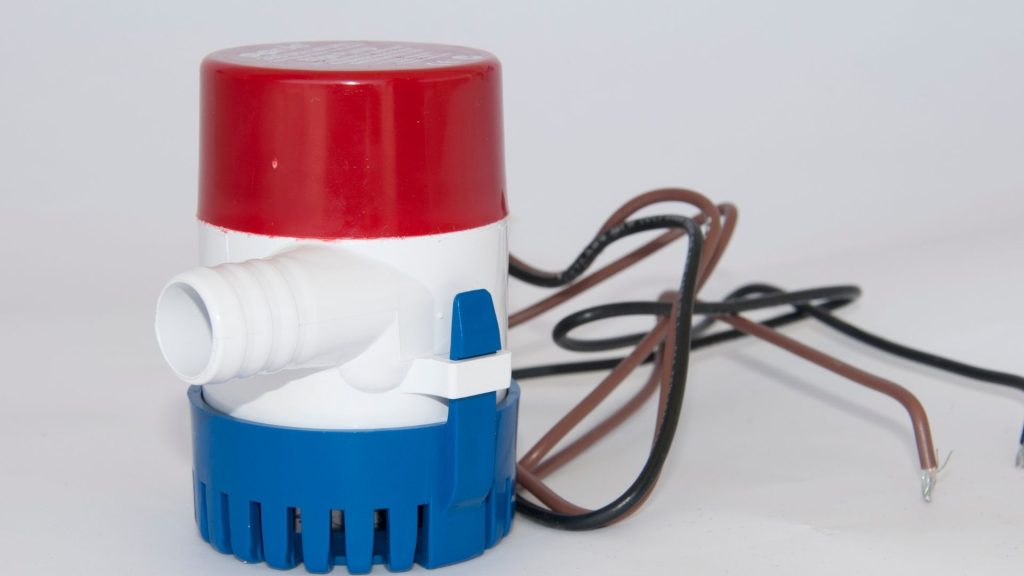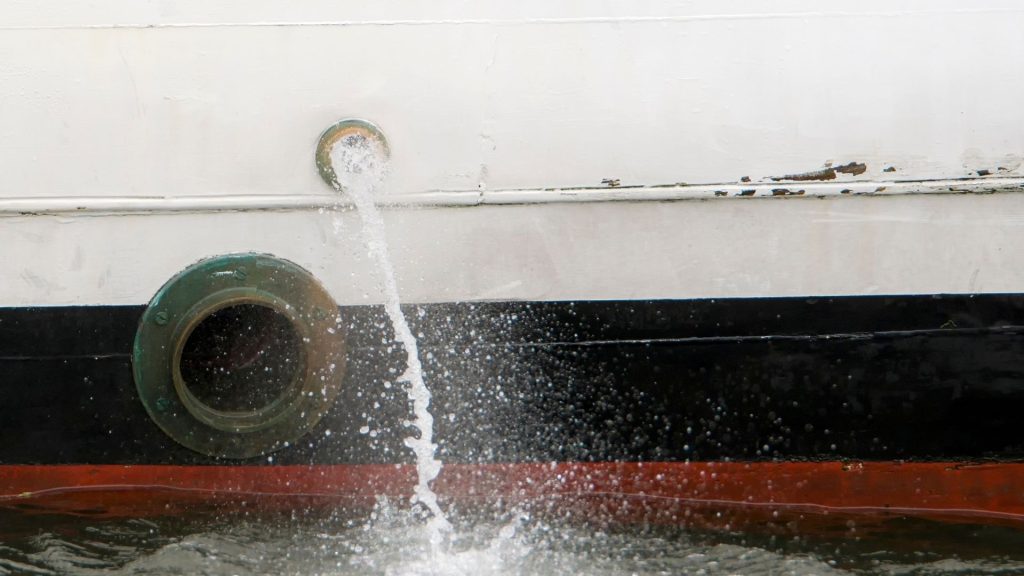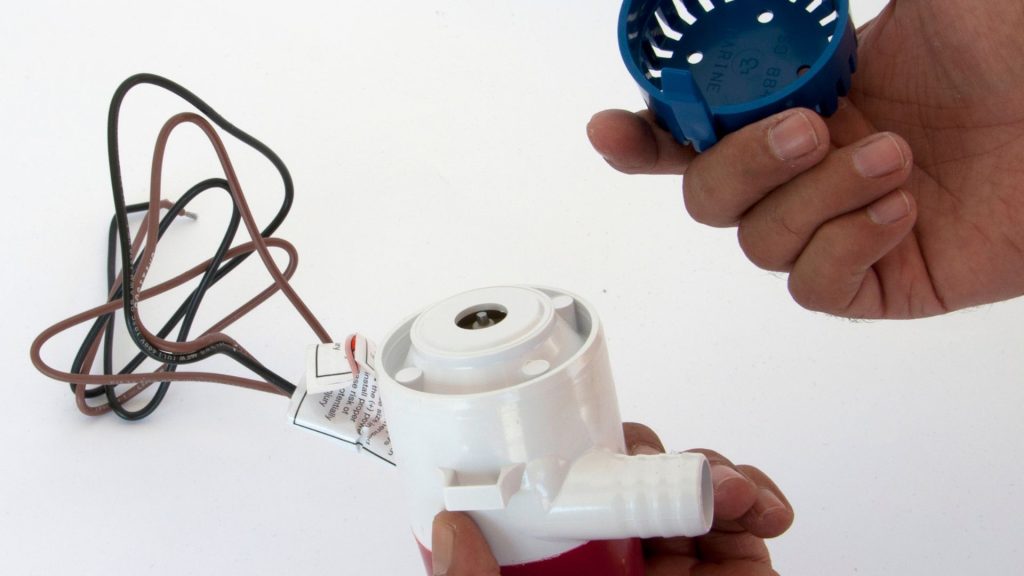Years ago, the Boat Owners Association of the United States, which is the association of recreational boaters in the United States of America (with over half a million members), commissioned a study to understand how recreational boats sink. Collisions at sea? Pirates? Not at all: that study revealed that 69% of boats sink while moored within a port. Only the remaining portion, that is 31%, sinks away from their berth. Is a port really such a dangerous place? In reality, we know that in most cases, boats that sink in a marina do so due to internal problems: the same report from the Boat Owners Association tells us, for example, that 39% of boats that sink in their berths within ports do so due to issues related to corrosion and wear, such as broken seacocks, leaking pipes, and so on. Out of curiosity, it is worth noting that, outside marinas, 41% of boats sink due to collisions, whether with other boats or with ports. In short, the moral of the story is that more boats sink in port than at sea. What should we learn from these numbers? First of all, that boat maintenance is sacred; secondly, that the choice of marina to dock in is very important (in our case, we are talking about berths protected by the breakwater of the

The bilge pump in brief
Let’s make a very brief introduction to the bilge pump for those who are not clear on the subject. This term refers to a device—which, as we will see, can be activated and operated in different ways—that aims to remove any water that stagnates inside the boat, and more specifically in its lowest area, called the bilge. And how does water end up in that place? Of course, one immediately thinks of a collision, and thus the hull breaking with the consequent flow of water. But in reality, in most cases, the causes that bring water into the bilge are others: think of simple rainwater infiltrations, which make their way from the deck to the bilge; of wave splashes; of leaks from the boat’s plumbing system, or of infiltrations from seacocks. In all these cases, the bilge pump’s task is to bring the water outside, thus preventing (or in the worst-case scenarios slowing down) the boat from sinking.

Types of bilge pumps
There is not just one type of bilge pump. The world of bilge pumps can be divided into two large groups, namely manual pumps and electric pumps. The former, as one might imagine, are simple and economical, but require the presence of a person to operate the plunger; the latter are more complex and more expensive, but have the undeniable advantage of operating on their own, provided there is electricity available. More specifically, there are also automatic electric bilge pumps: these are the great allies of boats moored in port.
Why the bilge pump is important even (and especially) in port.
A boat can remain moored in port in perfect solitude for days, weeks, months. And certainly, there are marinas that offer continuous surveillance services, but there are also other facilities that cannot provide such a service to all berths. What could happen if rainwater accumulated storm after storm? And if a pipe burst? And again, if a faucet leaked, if a seacock was damaged? Even a small, but continuous and hidden leak can cause a boat moored in a poorly or unsupervised port to settle on the bottom, with very high costs, or with irreparable damage! This is where an automatic bilge pump can make a huge difference: thanks to a float switch (or similar mechanisms), the bilge pump turns on by itself, without human intervention, starting to expel the water from the boat. It should also be noted that, in a boat moored in port, the water spray and the hum of the pump become in turn a sufficient signal to intervene, promptly identifying the problem.
Bilge pump consumption
One might ask: but how to keep the bilge pump always running, even when moored? In fact, in a port with an electrical network, the problem does not exist. That said, a 12 Volt pump with a capacity of about 60-70 liters can consume almost 10 amps: it is therefore understood that a bilge pump can have a significant requirement, which during navigation can be met by the engine, while once in port it would do well to have “support” from the dock!

Which and how many pumps for your boat?
So, which bilge pump to purchase for your boat? Generally speaking, those who have a wooden boat (which normally expects small infiltrations); those who have a fairly large boat; those who have a boat that spends long periods stationary in port; well, all these people would do well to install an automatic bilge pump, whereas in other cases, for example in boats that are always taken out of the water and trailered, a non-automatic pump might indeed suffice. It should be noted, finally, that often a single pump is not enough: on a medium-sized boat, it would be advisable to install three pumps, to have sufficient capacity to ensure, in most cases, a sufficiently effective drainage.


